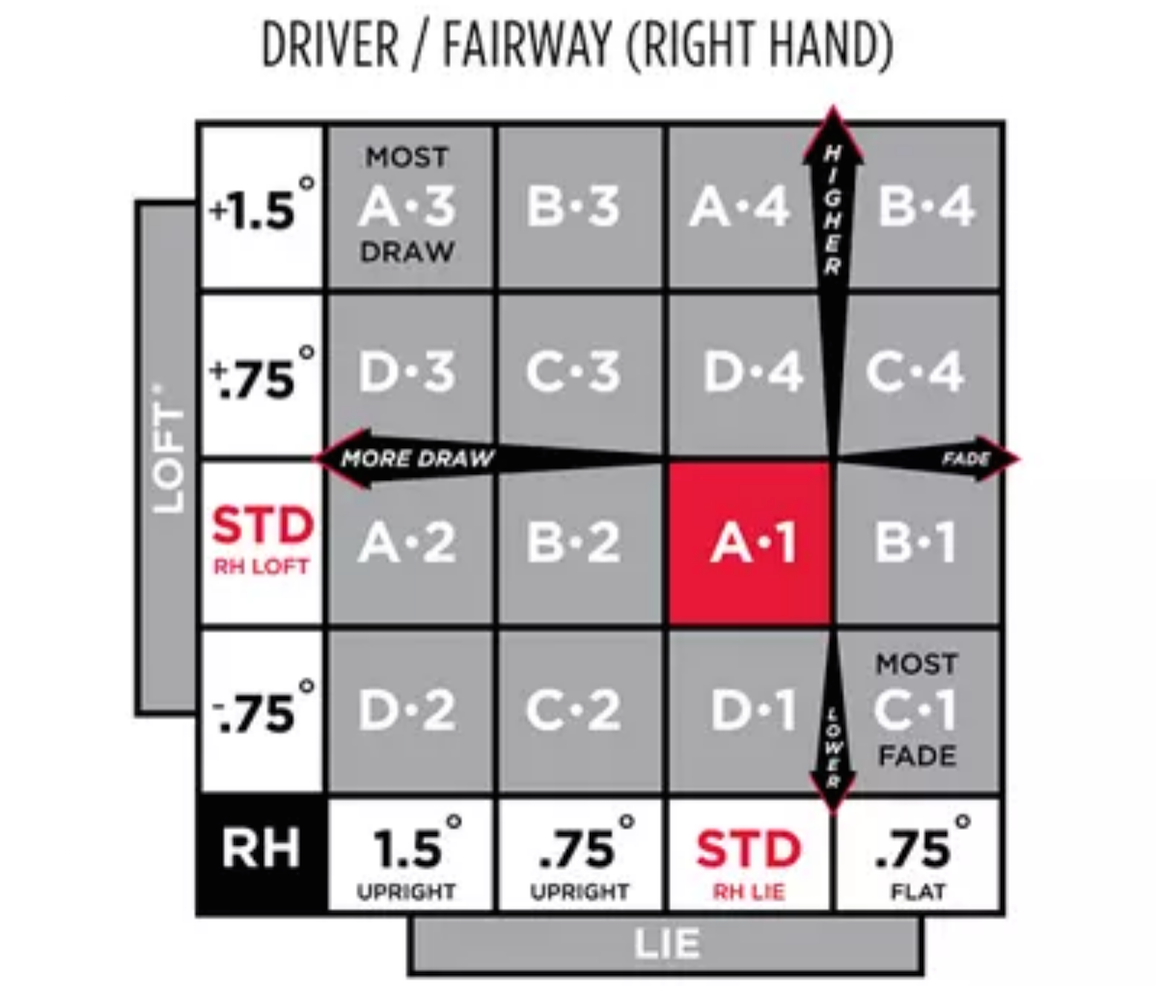DUBLIN, Ohio –– Certainly, Justin Thomas and Adam Scott are considered two of the current game’s top-tier ball strikers. They’re also similar in their taste for driver designs, since both players have historically opted for compact, traditionally shaped, low-spin heads that have a touch of fade bias.
Why, then, did they both recently switch to Titleist’s TSi2 driver, which has a larger profile and is made for higher launch and more forgiveness?
For that answer, I caught up with J.J. Wezenbeeck (Titleist’s Director of Player Promotion and expert metalwood fitter) at the Memorial Tournament at Muirfield Village Golf Club this week.
While Thomas isn’t known as the biggest equipment tinkerer on the PGA Tour, he’s made numerous changes to his driver and shaft in 2021. At the beginning of the year, Thomas was using Titleist’s new TSi3 head with a high-launching Fujikura Ventus Red shaft. But, by the time he won The Players Championship in March, he was gaming his old Titleist TS3 head from 2018, equipped with a Mitsubishi Diamana ZF shaft that he also played in the past.
The TS3 and TSi3 heads, versus their TS2 and TSi2 counterparts, offer lower spin, lower launch, more workability and greater adjustability. Thomas, as a high-speed player who likes traditional shapes, has always opted for Titleist’s “3” models.

Last week at the 2021 Charles Schwab Challenge, however, Thomas made the surprising switch into a Titleist TSi2 head, shafted up with his Mitsubishi Diamana ZF 60TX.
“He’s always liked a more traditional shape, so obviously with the TSi2 it’s a little different shape than he’s used to, but what he found when he’s hitting it is that he really liked the ease of launch that it gave him, and the extra forgiveness,” Van Wezenbeeck told GOLF.com. “It’s still a fairly traditional shape for a high MOI (moment of inertia) driver, but the increased launch angle for certain players and increased forgiveness is really helpful when you’re not always hitting it on center.”

During initial testing with the TSi2 driver head, Thomas was using the same B1 SureFit hosel setting that he used in his TS3 and TSi3 drivers of the past. Based on Titleist’s fitting guide (pictured above), the B1 setting has a neutral loft, and its lie angle is 0.75 degrees flat to help encourage a fade bias.
According to Van Wezenbeeck, Thomas was seeing more forgiveness and launch from the TSi2 versus the TS3 (both B1 hosel settings), but the TSi2 was producing a bit too much spin. To knock down the added spin, they switched the TSi2 driver into the C1 setting, which lowers loft by 0.75 degrees and opens the face at address. (Fitter Note: All things being equal, when the loft of a club head gets adjusted down, the face also opens at address. On the flip side, increasing loft closes the face angle.)
In the end, Thomas picked up 2 mph of ball speed on average with his switch from the TS3 to the TSi2 head, and it provided tighter dispersion. As Van Wezenbeeck says, better accuracy also helps distance, since “the ball rolls a lot farther on short grass than long grass.”

Scott, who was previously using Titleist’s particularly low-spinning TSi4 driver head in a 46-inch setup, switched into a TSi2 driver head, with a Fujikura Ventus Red shaft at 45 inches.
As Van Wezenbeeck explains, Scott prefers to “cover” the ball when he swings, rather than leaning back and hitting up on it. Swinging in this fashion, though, tends to make the ball launch lower and reduces carry distance. That’s why Scott’s been using higher-launching shafts recently, such as the AutoFlex and Ventus Red.
Therefore, the TSi2 switch makes sense for Scott, because the weight-back design allows him to swing how he wants and still get the performance he desires.
“Adam had been in an older TS4 model, moved to TSi3, then went to TSi4,” Van Wezenbeeck said. “He had a small stint at 46 inches, but when he was moving back to 45 inches, he was feeling like he wanted to cover the ball more. The TSi2 has a very deep CG (center of gravity), so when he feels like he wants to cover it, that CG still allows him to launch the ball in the air without him trying to launch the ball in the air.”
Both Scott and Thomas are playing in this week’s Memorial Tournament (Muirfield Village Golf Club) and the upcoming U.S. Open (Torrey Pines’ South course), so the more forgiving TSi2 models may come in handy when navigating the rough-laden layouts.
For amateurs looking to get their equipment dialed in, may these driver switches be a learning lesson. Sometimes your perfect driver setup is one you haven’t tried yet, and maybe a 1-inch or 1-degree change is all it takes to find an impactful improvement. Either way, make sure you work with an expert fitter or trusted teaching professional to help find the right setup for your game.
Want to overhaul your bag for 2021? Find a fitting location near you at GOLF’s affiliate company True Spec Golf. For more on the latest gear news and information, check out our latest Fully Equipped podcast below!










